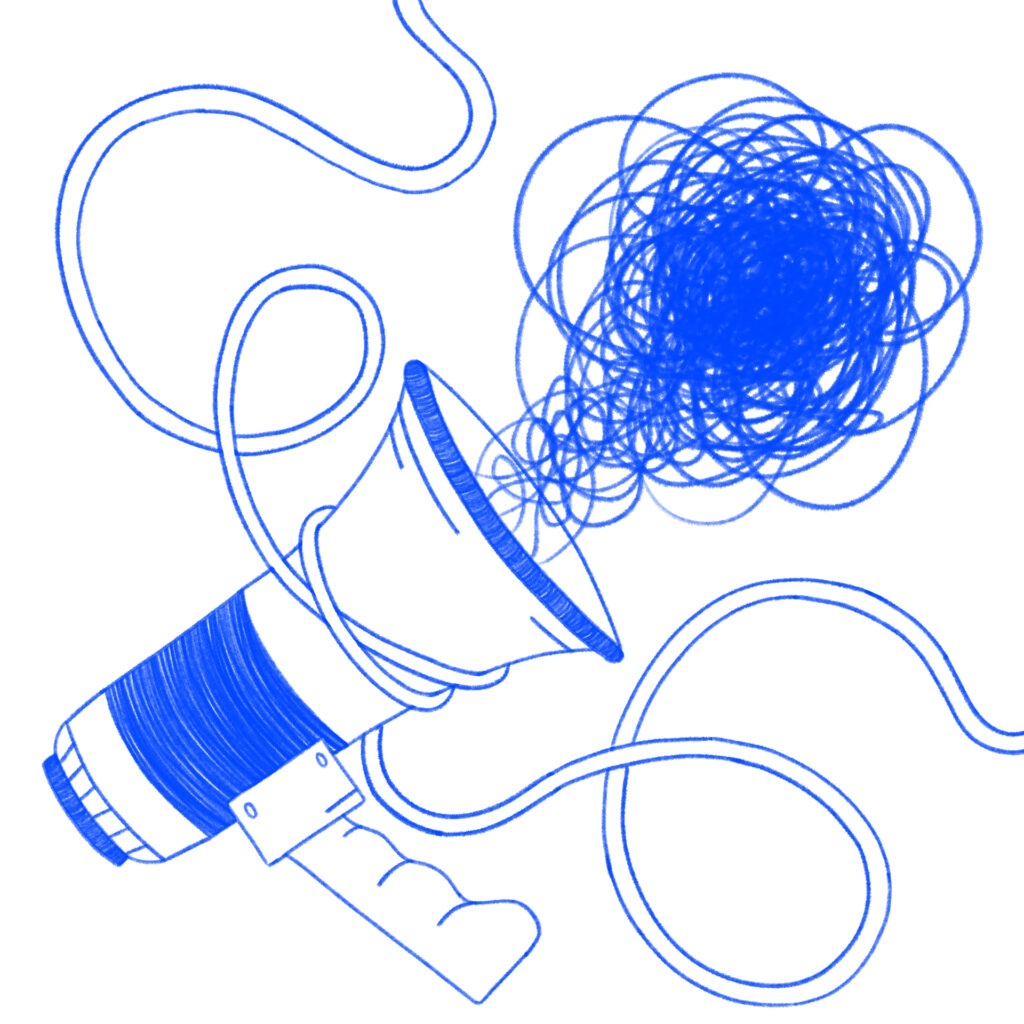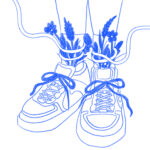HATE SPEECH AS A FORM OF COMMUNICATION AND REACTION

Ilustration: Studio Permanent
Hate speech is a way through which individuals express their hatred towards others through speaking or writing, which aims to humiliate or denigrate the personality of another person. It can be religious, ethnic, racial or about sexual orientation. Hate speech according to the “American Library Association” is any form of expression through which speakers intend to insult, humiliate or incite hatred against a group or class of persons on the basis of race, religion, sexual identity, skin color, gender identity, ethnicity , disability, or national origin” (American Library Association). According to the Parliamentary Assembly, the language of hate in Europe is always on the rise, emphasizing the growth of racial language, xenophobia or even other forms.
Through a research, carried out on the language of hate in social media in the country, it appears that the language of hate as a discourse is quite widespread in our society. As an analysis, three days were taken on the occasion of the one year anniversary of the Kurti II government. These three days have been dominated by news that have conveyed the evaluation/criticism of opposition leaders and deputies, journalists, analysts and all other political actors related to Kurti’s government during his one-year period, criticisms which have been accepted by a large number but largely unacceptable due to society’s perception of them.
I must point out two things: firstly, hate speech as a discourse is not only reflected by citizens but also by the media and secondly. Likewise, hate speech is not only expressed towards political actors or the media. In certain cases, as a discourse, it also shows the occurrence of a violent mentality based on gender in our society. This phenomenon appears in a news story published by Klan Kosova with the title “Woman takes husband to hospital in Suharekë” received 726 reactions, 1.2 thousand comments and 15 distributions. In the comments, there is a demand for a protest to protect the rights of men or the mobilization of organizations to advocate their rights, on the other hand, most of them support this social phenomenon, saying
Shumë nga komentuesit e lavdërojn dhe e përkrahin gruan për veprimin e saj, si “O sa mir ja paska ba hallall i qoft asaj gruaje ashtu duhet me qen te gjitha grat ”, “Kjo është Shote Galicë. Burrat e tillë jo qe duhet me i rrah,por duhet mos me jau ndal kurr drunin.I lumtë kësaj zonjes”, “Sdi pse nuk e ke mbyt krejt qka po tvyn ai magar ncnc”. Kjo pasqyron shkallën e vetëdijësimit të shoqërisë dhe në anën tjetër mosefektivitetin dhe mossuksesin institucional dhe të shoqërisë civile në luftimin e një fenomeni të tillë.
“Good job”, “Bravo”, “This is not a man or male”, “He is not a man, where did all the men go, a woman beated him”, “Which man? He is everything but a man”, “Someone who gets beaten by a woman can’t be called a man. Darke times are coming”, “A man like him should have been killed”. Many of the commentators praise and support the woman for her action, such as “She did right, good for that woman and all the women should be like her”, “She is a Shote Galica. Men like him not only deserve to be beaten, but one should never leave the wood out of its hand. Good job for the lady”, “I don’t know why she didn’t kill that donkey ncnc.” This reflects the level of society’s awareness and, on the other hand, the ineffectiveness and failure of the institutional and civil society in combating such a phenomenon.
In conclusion, after a three-day observation of the news published by the media and after collecting data, examining and analyzing the reactions of citizens to the news published by the media, we come to the conclusion that, unfortunately, we have a high prevalence of hate speech in attitudes, opinions or thoughts of citizens about social phenomena and especially political issues. The language of hatred by citizens on social networks is expressed in different forms: through writing – where they express serious insults, threats and lynchings, on ethnic, racial, religious, political or sexual orientation grounds; it is expressed through different figures, where individuals compare or put them in a parallel with animals or with photographs of personalities; as well as through the “emoji” option. Such a discourse, where the language of hatred finds space in communications or reactions, is characteristic of societies with a low level of awareness of these issues. As a result, citizens perceive freedom in the media space or individual freedom as the right to say what they want, where they want and when they want, not perceiving freedom as the right of others to speak what is contrary to their views. his/her individual, while due to lack of education, we do not understand or at least respect the worldviews, attitudes and actions of others. Often they cannot express their disagreement about various issues through argumentation, discussion and negotiation, but only through insult, threat, attack and lynching. Social networks, in addition to the positive side by making communication easier and information faster, creating the trichotomy citizen – information – media, also have their negative side, becoming the tool and the media “arena” and “space” of development and the spread of hate speech, implying that the unlimited freedom and uncontrolled space offered in social networks has created a “token” where hate speech is cultivated. In conclusion, the uncontrolled space and the unlimited media freedom that is offered, is more and more infringing on thinking and acting differently.
About the author: Omer Kosumi, 21 years old, continues his studies at the University of Pristina in the Department of Political Sciences.
This grant is supported by Austrian Development Agency


